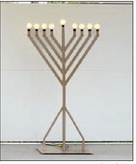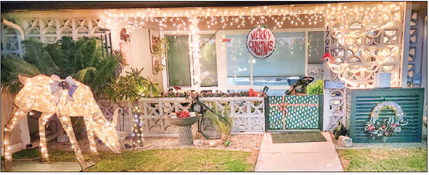Remember these board games?
Here’s a look back at popular board games throughout the ‘70s, ‘80s and ‘90s, courtesy of researchers with Popular Mechanics.
• 1974: Connect Four combined the strategies of Tic Tac Toe and checkers into this strategic game.
• 1975: Pay Day involved getting through a calendar month paying bills and other expenses. It’s basically balancing the budget in game form.
• 1976: Whosit? had players try to guess their opponent’s secret identity.
• 1977: Electronic Battleship added noises to the regular game of trying to sink battleships to make play more exciting.
• 1978: Simon required players to improve their pace in this heart-racing memory game.
• 1979: Guess Who was another game of figuring out a person’s identity by asking questions.
• 1980: Can’t Stop had players roll pairs to see how long their luck would last.
• 1981: Trivial Pursuit became the most well-known trivia game.
• 1982: Sequence combined a card game with a board game and included up to 12 players for big game nights.
• 1983: Topple asked players to stack colored pieces high on the board without having the tower topple.
• 1984: Balderdash was all about having players bluff their way through definitions of words.
• 1985:Pictionaryrequiredplayers to channel their inner artists to draw the words on the cards so teammates could guess.
• 1986: Fireball Island involved moving around the board to retrieve a giant ruby from the top of a mountain.
• 1987: Jenga was another stacking game but instead of piling pieces on top, it involved removing pieces without toppling the tower.
• 1988: Mall Madness came out during the height of the shopping mall boom. Players used a credit card to buy everything on their shopping lists.
• 1989: Taboo forced players to try to describe the word on the card without using the forbidden words that were listed.
• 1990: Crocodile Dentist required players try to pull out crocodile teeth without triggering the jaws to snap shut.
• 1991: Atmosfear incorporated an interactive component through use of a VHS tape. The Gatekeeper popped up on screen to keep the game unexpected.
• 1992: Terrace appeared as a prop on “Star Trek: The Next Generation” and then gained popularity in real life.
• 1993: 13 Dead End Drive required players to escape from a booby-trapped house.
• 1994: Pylos involved being the player to place the last marble at the top of the pyramid.
—MetroCreativeConnection




